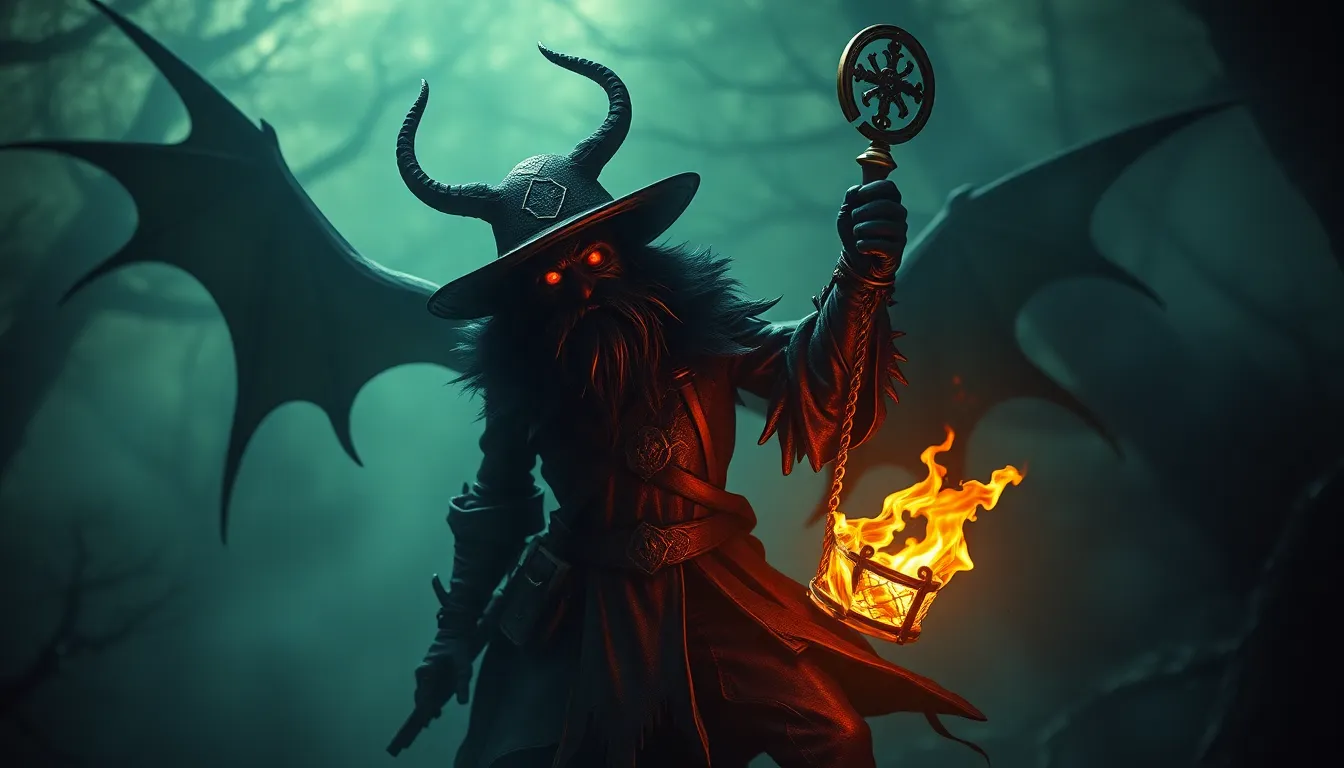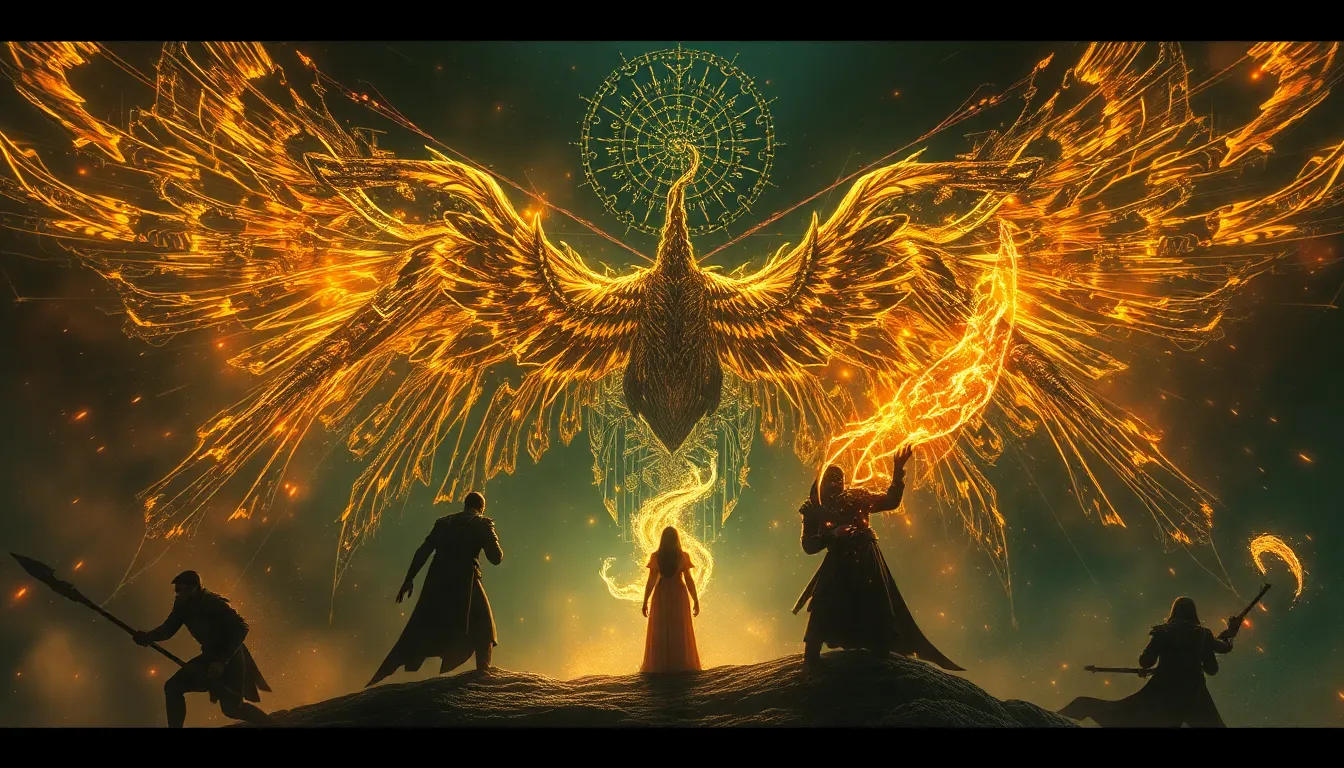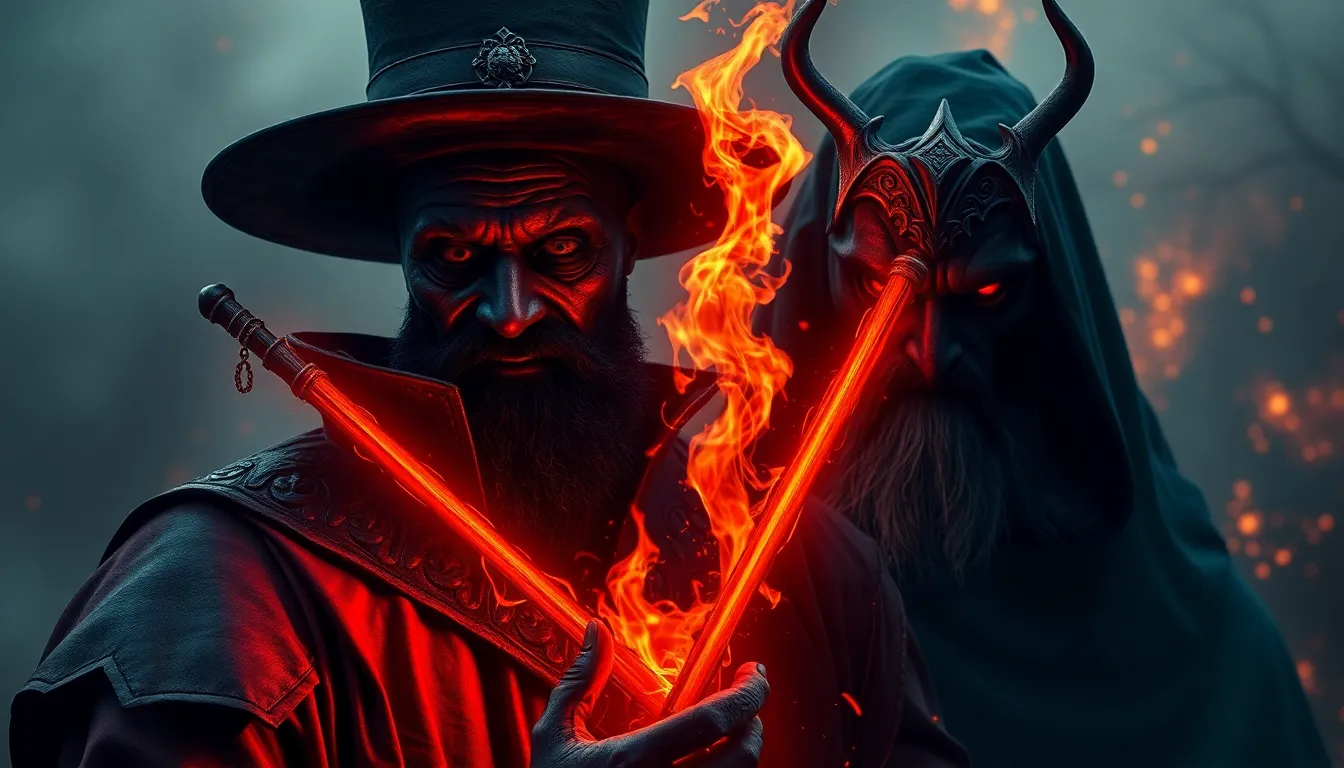From Folklore to Pop Culture: The Enduring Trickster Archetype
Introduction to the Trickster Archetype
The trickster archetype is a compelling figure found across various cultures and mythologies. Defined as a character who embodies chaos, cunning, and mischief, the trickster often uses wit and deception to outsmart others. Characteristics of the trickster include:
- Intelligence and cleverness
- Unpredictability
- Rebellion against social norms
- Ability to adapt and transform
The trickster plays a crucial role in myth and folklore, serving as a mediator between the known and the unknown, often challenging the status quo and providing insight into human nature.
Historical Origins of the Trickster in Folklore
Tricksters have existed since ancient times, appearing in myths and legends worldwide. These figures often embody the duality of human nature, reflecting both positive and negative traits. Examples of prominent trickster figures include:
- Loki – In Norse mythology, Loki is a complex deity known for his cunning and ability to shape-shift. His actions often lead to chaos but also to necessary changes within the pantheon.
- Anansi – A spider god in West African folklore, Anansi is celebrated for his cleverness and storytelling abilities. He often outsmarts larger and more powerful beings, symbolizing the triumph of the underdog.
These figures illustrate the trickster’s role in challenging authority and providing moral lessons through their adventures.
The Psychological Significance of the Trickster
Carl Jung, a prominent psychologist, identified the trickster as one of the archetypes that inhabit the collective unconscious. According to Jung, the trickster represents:
- Chaos and unpredictability
- Transformation and change
- Subversion of established norms
This archetype often embodies the tension between civilization and the primal instincts of humanity, prompting individuals to confront their inner conflicts and societal constraints.
Trickster Tales Across Cultures
Trickster stories vary widely across cultures, yet they share common themes and moral lessons. Some notable elements include:
- The use of wit to overcome obstacles
- Lessons in humility and the consequences of greed
- The importance of adaptability and resourcefulness
For example, in Native American folklore, Coyote is a trickster who often teaches important life lessons through his foolishness and cunning, while in African tales, the tortoise frequently outsmarts larger animals, emphasizing intellect over strength.
The Evolution of the Trickster in Literature
The transition from oral storytelling to written narratives marked a significant evolution in how trickster characters were portrayed. Notable literary tricksters include:
- Odysseus – The hero of Homer’s “The Odyssey,” Odysseus uses his cunning to navigate challenges and outwit opponents.
- Huckleberry Finn – In Mark Twain’s novel, Huck embodies the trickster spirit as he navigates societal norms and moral dilemmas with wit and bravery.
These characters showcase the trickster’s role in literature as a disruptor of conventional wisdom and a catalyst for change.
The Trickster in Modern Folklore and Media
In contemporary storytelling, trickster characters have been adapted and reimagined in various forms of media. Notable examples include:
- The Joker – A quintessential trickster in the Batman comics and films, the Joker embodies chaos and challenges societal norms with his anarchic philosophy.
- Bugs Bunny – A beloved cartoon character known for his cleverness and ability to outsmart adversaries, Bugs exemplifies the trickster’s playful nature.
These modern interpretations highlight the trickster’s continued relevance and adaptability in popular culture.
The Trickster’s Role in Social Commentary
Tricksters often serve as agents of social commentary, challenging societal norms and power structures. They provoke thought and inspire change by:
- Exposing hypocrisy and injustice
- Encouraging critical thinking and questioning authority
- Highlighting the absurdities of social conventions
For instance, characters like the Joker and Bart Simpson challenge societal expectations, making audiences reflect on deeper issues while entertaining them.
The Trickster Archetype in Video Games
Video games have embraced the trickster archetype, offering players dynamic characters and narratives that emphasize cunning and deception. Examples include:
- Fox McCloud from “Star Fox” – A clever pilot who often uses strategy to overcome obstacles.
- Rico Rodriguez from “Just Cause” – A character known for his chaotic approach to missions, embodying the trickster’s love for disruption.
The incorporation of trickster elements in gaming enhances player agency and narrative depth, allowing for creative problem-solving and unexpected outcomes.
The Enduring Appeal of the Trickster in Pop Culture
The trickster archetype remains appealing in modern storytelling for several reasons:
- Relatability – Tricksters often reflect our own struggles with societal expectations.
- Complexity – Their multifaceted nature invites deeper exploration of morality and ethics.
- Entertainment – Tricksters provide humor and excitement, engaging audiences in unique ways.
This enduring fascination ensures that trickster characters will continue to thrive in popular culture.
Conclusion: The Future of the Trickster Archetype
Looking ahead, the trickster archetype is poised to evolve further in response to contemporary issues and challenges. Potential future roles for the trickster may include:
- Addressing social justice and inequality through satire and humor.
- Challenging technological and environmental norms in innovative storytelling.
- Inspiring a new generation of thinkers and creators to embrace change and adaptability.
As society continues to evolve, so too will the trickster, remaining a vital part of our cultural narrative.



